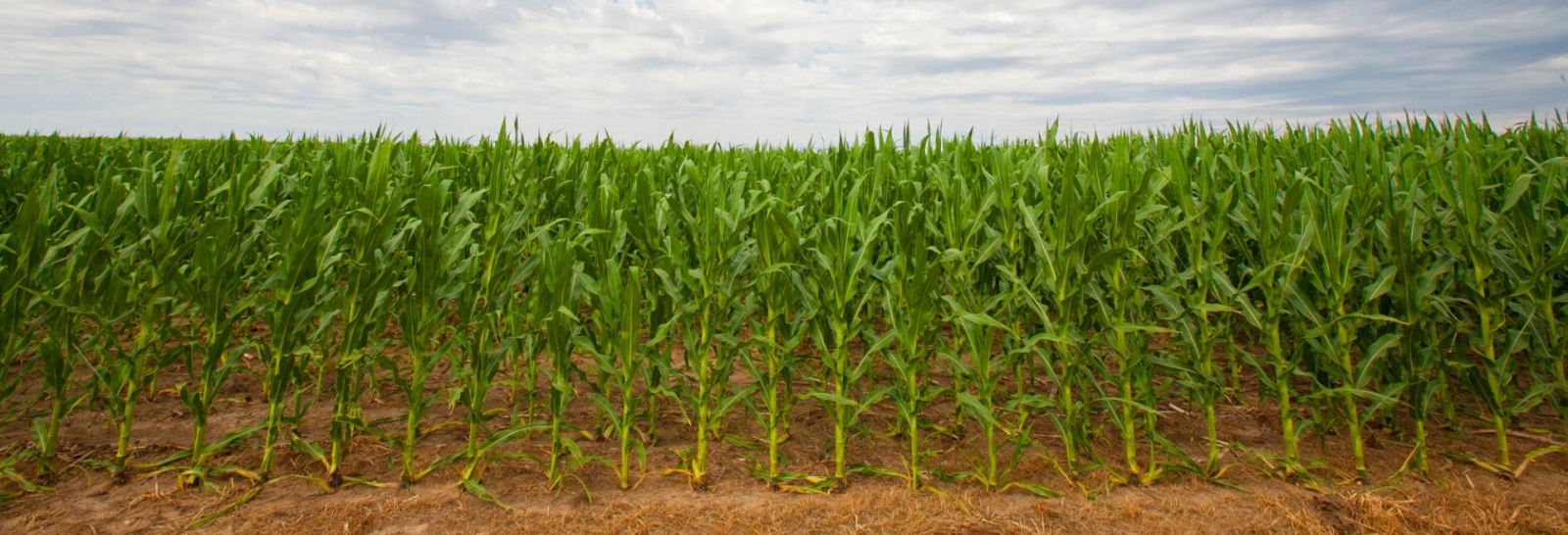|
November 16, 2007
Nebraska Forest Service Leading Multi-State Initiative to Prepare for Pest
As fall's colors emerge, it's hard to miss the striking gold and purple leaves of ash trees lining streets and roads across the state.
However, when emerald ash borer arrives, Nebraska could lose its estimated 2.2 million ash trees planted in towns, cities and conservation plantings across the state.
First detected in southeast Michigan in 2002, emerald ash borer, or EAB, is an exotic beetle that attacks and kills all native ash species, including white, green, black and autumn purple ash. To date the beetle is present in Michigan, Illinois, Indiana, Ohio, Pennsylvania, Maryland, West Virginia and Ontario, Canada and has killed approximately 25 million ash trees.
With the help of a $1 million U.S. Forest Service grant, the Nebraska Forest Service, in partnership with state forestry agencies in Kansas, South Dakota and North Dakota, is engaging in a regional initiative to prepare for the insect's arrival.
The initiative is unique because it represents the first time states have worked together to prepare for such a significant forest health threat."This is a major regional project that will serve as a model of how states can work together to address regional and national problems caused by an invasive species," said Scott Josiah, state forester and director, Nebraska Forest Service.
"There is no doubt EAB will be a disaster for our communities, but it is a disaster we can prepare for. It will be similar to Dutch Elm disease in the 1960s, which rapidly killed millions of trees in Nebraska and dramatically converted lush urban forests to barren, shadeless urban landscapes," Josiah said.
Because of ash's popularity in rural and urban plantings, its loss would dramatically alter landscapes across the state. Current estimates show that some Nebraska communities could lose 25-50% of their tree resource, and the cost of removing and replacing trees lost to EAB could exceed $1.5 billion.
The loss of trees to EAB also will result in the loss of ecosystem services, such as shade, air and stormwater filtration and protection of streets and highways. These losses all translate into increased costs for homeowners and municipalities.
The goals of the initiative are to assess each state's ash resource and develop educational programs to inform the public of EAB and its threats, regional monitoring and detection networks and markets for waste wood generated by EAB.
"The multi-state partnership allows us to utilize the strengths and expertise in each state and accomplish more than any one state could working on its own. The first step will be to conduct inventories of each state's ash resource so we have a clear picture of exactly how much ash is in each state and where it's growing," said Steve Rasmussen, Nebraska Forest Service district forester and coordinator of the EAB initiative. "Once we know what our ash resource is in each state, we can start looking at developing networks to monitor and detect the insect, as well as how to utilize waste wood."
Becky Erdkamp, Education and Outreach Specialist
Nebraska Forest Service
